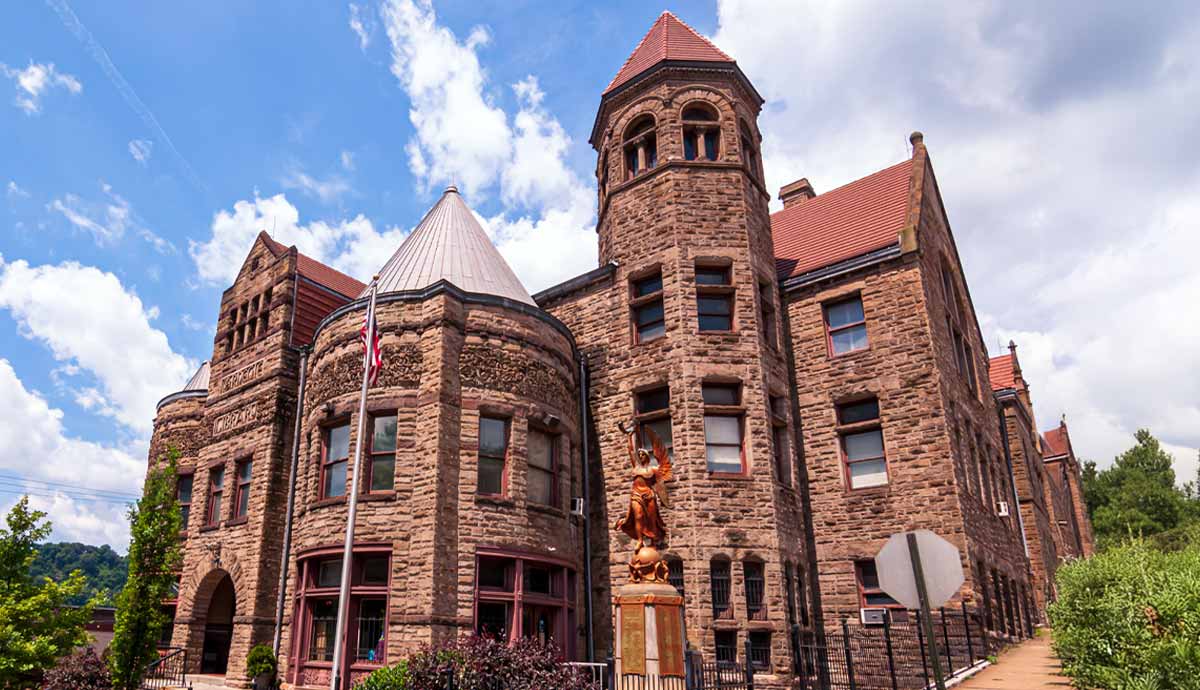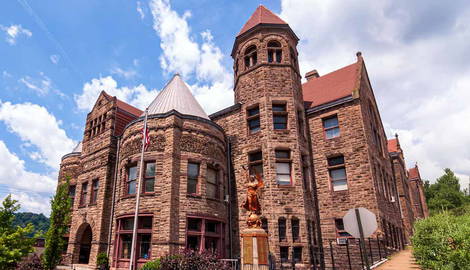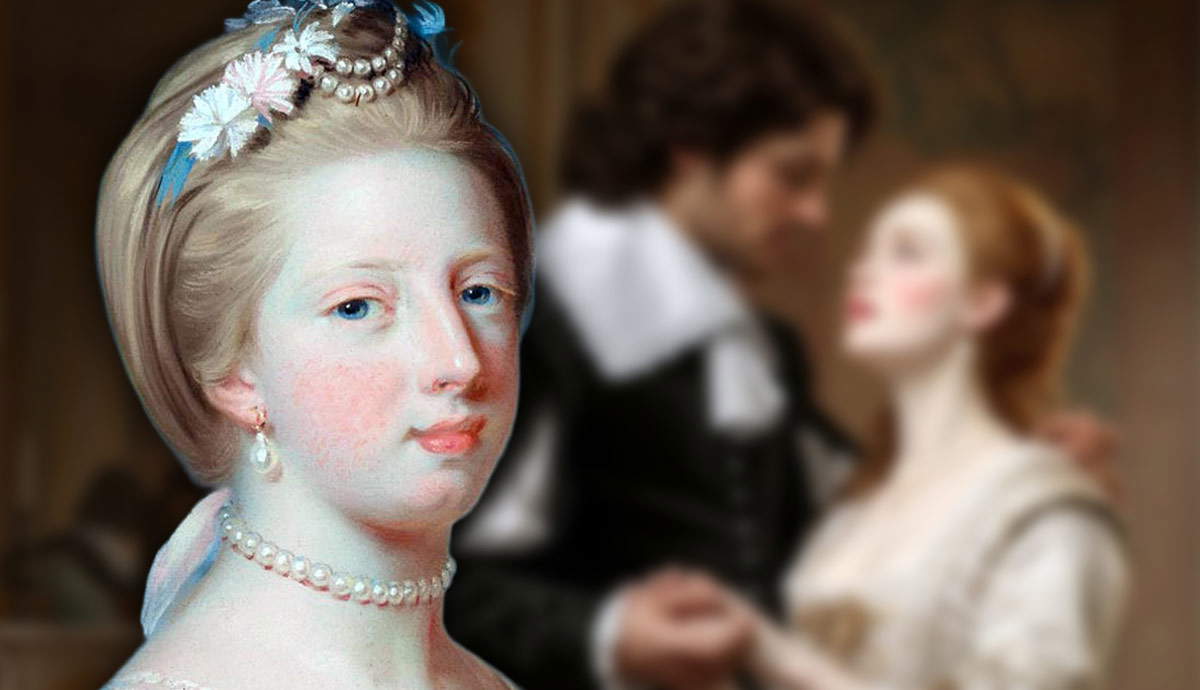
The Carnegie libraries were part of a philanthropic venture by steel industrialist Andrew Carnegie. There were 2,509 libraries built between 1883-1929 with 1,689 of them being in the United States and the rest in over 8 other countries. While they were originally connected to Carnegie himself, and places that were significant to his background, funding was opened to grants places could apply for which expanded their reach.
Who Was Andrew Carnegie?

Andrew Carnegie was born in Dunfermline, Scotland on November 25, 1835. While he would become one of the richest men in the steel industry in the United States, he had more humble beginnings. His father was a loom maker and the economy in Scotland and shifts with the Industrial Industry meant that it was harder to make ends meet. Eventually the Carnegie family moved to the United States in Allegheny, Pennsylvania where there was a large Scottish population.
Carnegie took a job in a factory in a cotton mill as a bobbin boy for $1.20 a week while still going to night school. He moved on to become a messenger boy and became an assistant of Thomas Scott in the Pennsylvania Railroad. This is the company he worked his way up in while making investments and helping to form different companies.
The Carnegie Steel Company

Eventually he moved back to his hometown area, in Pittsburgh, Pennsylvania and built the J. Edgar Thomson Steel Mill, essentially starting the Carnegie Empire. His company became the Carnegie Steel Company in 1899 when all his smaller companies were brought together, one of the largest steel companies in the world. He was interested in different philanthropic causes and after selling his company to J.P. Morgan’s United States Steel Company for $250,000,000 he focused on these projects, including his Carnegie Libraries. He married Louise Whitfield in 1887, and they had one daughter, Margaret Carnegie. Carnegie died August 11, 1919.
A Mini History of Libraries

Libraries had originally been places of classical documents, tablets and archives. One of the most famous libraries in the ancient world was the Library of Alexandra in Egypt, the largest and most historically significant library from the 3rd century B.C.E. to 30 B.C.E when the Romans took over Egypt and it accidentally and tragically burned down, and many parts of history lost.
Private libraries were also common at that time, with limited access depending on who you were. The first type of public library was created in the Roman Empire, with different emperors and leaders trying to outdo each other in designs. These public libraries had scrolls that readers could read and copy. The idea of libraries, both public and private, was spread across many different countries and cultures throughout history.
In 19th century Britain there were public libraries known as subscription libraries that were members only and required payment for memberships which would bar access for only people who could afford this. Skipping ahead the first tax paid library like how public libraries are today in the United Staes was in New Hampshire 1833.
Carnegie Libraries Then

In the mid-19th century, Carnegie said that he would be spending some of his money by “establish[ing] a free library in any community that is willing to maintain and develop it.” He wrote the essay originally titled “Wealth,” now known as “The Gospel of Wealth.” The first library that he established was in his own birthplace in Dunfermline Scotland that opened in 1833. Meanwhile, the first Carnegie Library in the United States that didn’t have specific ties to Carnegie’s past was in Fairfield, Iowa in 1893. By 1908 his staff, including James Bertram, oversaw the library applications and grants instead of Carnegie himself.
Looking at the plans of the different libraries many of the designs emulated the architectural style of Italian Renaissance and Beaux-Arts although that wasn’t a requirement of the designs. The application process required for the applicants to demonstrate the need for a public library, provide site where the library would be built, be responsible in paying the staff and maintaining the library, use public funds to run the library not just private donations, and allow free access to everyone who wanted to use it.
Carnegie Libraries Now

Not all the Carnegie libraries have survived over time. Some have been demolished or repurposed due to a lack of use or a change in the setup of the town or the library simply getting too big for its original space. The photo shows Woodys, which was a Carnegie Library in Carmel, Indiana that when sold was turned into a restaurant. It contains most of the original architecture and has some details of the library for patrons to enjoy. This is just one example of someone buying one of these historic libraries and changing it into something entirely different. These repurposed spaces include museums, city halls, businesses, and private residences.
Thankfully some of these libraries have remained in their original form. Carnegie had created these grants and funded this project because of his drive to allow public libraries to be available to as many people as possible, following his desire to donate his money to many different projects as possible. A famous quote of his says, “the man who dies thus rich dies in disgrace.” While not all these libraries remain, and some were even taken down, many will live on for future generations to enjoy, as beautiful examples of architecture and philanthropy.










